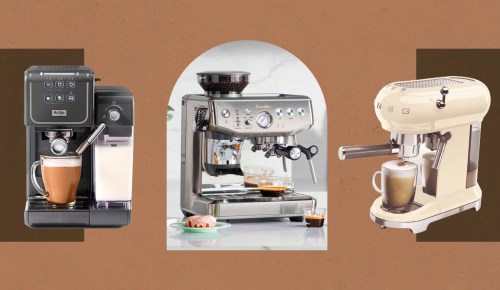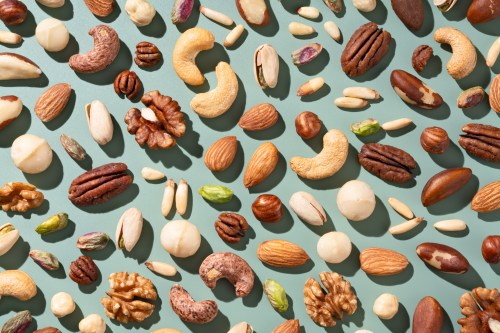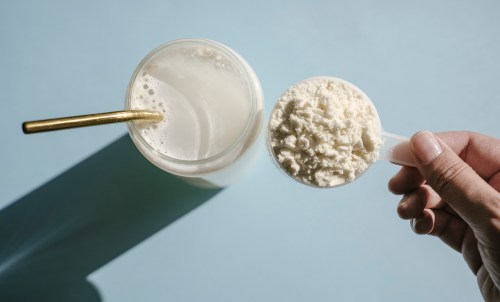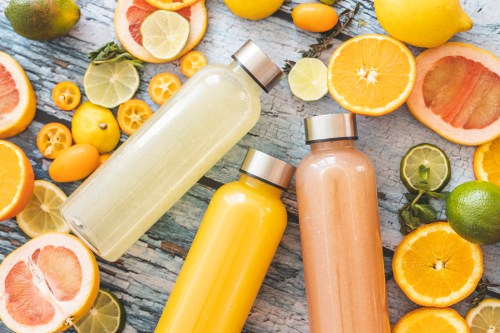Our editors independently select these products. Making a purchase through our links may earn Well+Good a commission
Flavored water has become a big part of post-soda life for plenty of people. (Need proof? Look no further than the cult of the LaCroix can.) The fact that it can keep you hydrated and satisfy your taste buds—without maxing out your daily sugar values in a single serving—certainly makes it highly sippable. But is it possible that your new drink of choice isn’t that much better for you than a bottle of Diet Coke?
“The key when purchasing flavored water is to look for zero sugar, zero sodium, no artificial sweeteners, and no dyes or colors,” says nutritionist Stephanie Middleberg, RD. “If you see an ingredient you can’t pronounce, put it back on the shelf.” And if it doesn’t look like water, i.e. isn’t clear, she suggests searching for a more transparent option. (Spindrift, Hint Water, and LaCroix—phew!—are all good brands to start.)
“If you see an ingredient you can’t pronounce, put it back on the shelf.”
While your bottle might have only two ingredients, it is possible that one of the two (besides water, duh) isn’t so simple to vet. I’m talking the omnipresent “natural flavors.”
“Flavoring mixtures added to food are complex and can contain more than 100 different components,” says Middleberg. “‘Natural flavors’ can mean something as simple as the essential oil of a product that’s been heated, but it can also mean flavor-adding chemicals from artificial sources, which manufacturers don’t have to list on their labels as additives because they might contain a partial ‘natural’ element.”
And once you find a sparkling water that meets your nutritional requirements, you don’t have to fret about it being less hydrating for your body than the regular old tap variety, according to research from The American Journal of Clinical Nutrition.
But when in doubt about the health content of your hydrating libation, simply add a lemon, slice a cucumber, or muddle some berries to still water to make your own flavored concoction. Cheers!
Originally published May 23, 2017; updated June 19, 2018.
While you’re doing your H2O homework, here’s a friendly reminder that sparkling water might be making you bloated, and that seltzer could be messing with your teeth.
Sign Up for Our Daily Newsletter
Get all the latest in wellness, trends, food, fitness, beauty, and more delivered right to your inbox.
Got it, you've been added to our email list.











